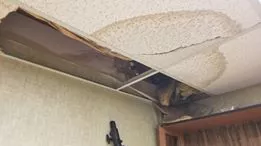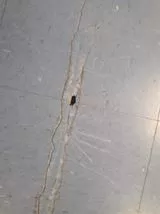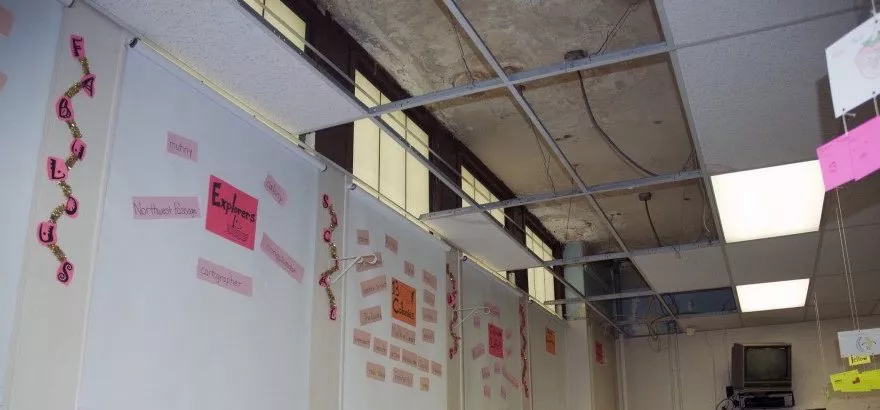It sounds absurd that the world’s wealthiest nation would allow children to be educated in decrepit, even dangerous buildings. But that’s the case for millions of America’s students. Students of color and those from low-income families are more likely to attend school in aging structures with leaky roofs, buckled floors, and poor air quality.
Karen, an educator in Idaho, says the problems in her school are evident every winter. That’s when mice come to visit and the roof leaks as the snow melts. San Diego speech pathologist Rachel recalls that in her old building, her office would flood when it rained, sometimes soaking her educational materials.

Collapsing ceiling tiles, ice-cold water for handwashing, lead-lined water pipes, and unairconditioned rooms where temperatures can soar over 110 degrees—these are just some conditions educators report in their aging schools.
The most widespread problem is outdated substandard ventilation. According to the American Society for Civil Engineers, 53 percent of public school districts report the need to update or replace multiple building systems, including HVAC systems. Addressing air quality is critically important at any time, but especially now when the CDC has identified proper ventilation and air filtration as necessary to curb coronavirus transmission.
The Biden administration has taken bold steps to provide the funding states need to upgrade and modernize school facilities. In March, Congress passed Biden’s American Rescue Plan, which includes funding for schools to upgrade their air systems. The administration’s American Jobs Plan, which lawmakers are currently considering, proposes another $100 billion for school repairs and construction. It’s a good start but leaves room for further improvement and increased investment. Earlier this year, Congress reintroduced the Reopen and Rebuild America’s Schools Act, which NEA supports. The bill would create a $100 billion grant program and a $30 billion tax-credit bond program targeting high-poverty schools that pose health and safety risks to students and staff.

These investments recognize the critical role public schools play in cities and towns and suburbs across the nation.
Beyond their primary function for educating students, public schools host countless community meetings and evening adult classes. Millions of Americans walk into a public school to cast their ballots. And schools serve as emergency centers and shelters during times of crisis.
Public schools are “the beating heart of every community,” says NEA President Becky Pringle.
“As the COVID-19 pandemic has exposed and exacerbated the inequities of every system in America, the need to improve our nation’s public school facilities has never been more acutely apparent. For far too long, decaying school buildings and the lack of up-to-date technology have been a reality for millions of students and educators … These conditions have always made it more difficult for students to learn and educators to inspire.”
More facts about the current state of America’s schools:
- Public schools are the biggest sector of our infrastructure except for roads and highways. We have 100,000 public schools housing more than 50 million students and educators.
- Half our public schools are more than 50 years old.
- Many public schools, especially in rural areas, still do not have access to high-speed broadband sufficient for digital learning.
- Too many students endure classrooms in poor condition—too hot, too cold, or infested with vermin.
- According to the American Society of Civil Engineers, the best estimates indicate an annual funding gap of at least $38 billion for public school facilities.
Every student and educator deserves a safe, modern, welcoming school. Help NEA advocate for investing in public school infrastructure.

